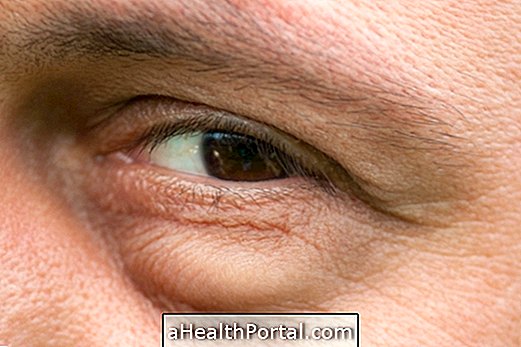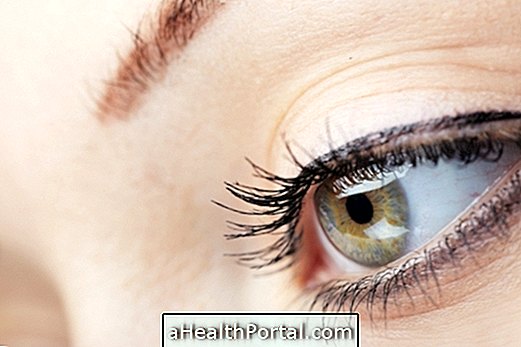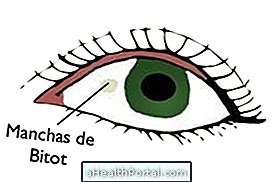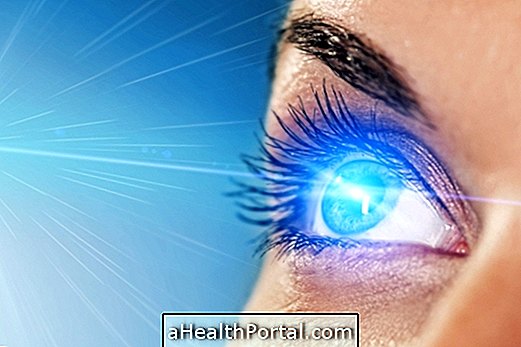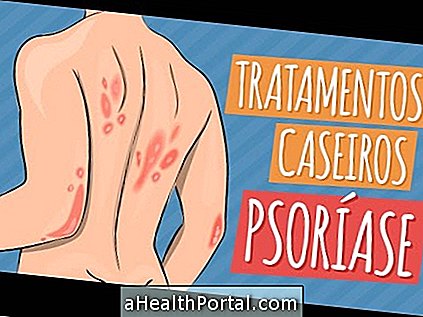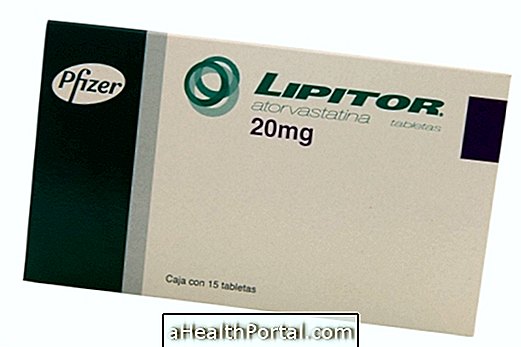Hypertensive retinopathy is characterized by a group of alterations of the fund of the eye, like arteries, veins and nerves of the retina, that are caused by the hypertension. The retina is a structure that is located at the back of the eyeball and has the function of transforming the luminous stimulus into a nervous stimulus, which allows vision.
Although these alterations occur mainly in the retina, alterations secondary to arterial hypertension may also manifest in the choroid and optic nerve.
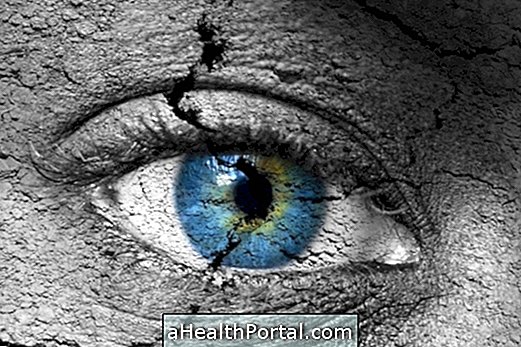
ranking
With regard to hypertensive retinopathy, only associated with hypertension, it is classified in degrees:
- Grade 0: no physical changes;
- Grade 1: Moderate arteriolar narrowing occurs;
- Grade 2: arteriolar narrowing marked with focal irregularities;
- Grade 3: occurs the same as grade 2, but with retinal hemorrhages and / or exudates;
- Grade 4: occurs the same as grade 3, but with disc edema.
Types of hypertensive retinopathy and associated symptoms
Hypertensive retinopathy may be chronic, if associated with chronic hypertension, or malignant, if associated with malignant arterial hypertension:
1. Chronic hypertensive retinopathy
It is usually asymptomatic and occurs in people with chronic hypertension, in whom there is an arteriolar narrowing, arteriolar reflex, arteriovenous junction, in which the artery passes anteriorly to the vein. Although rare, signs and symptoms such as retinal hemorrhages, microaneurysms, and signs of vascular occlusion may sometimes appear.
2. Malignant hypertensive retinopathy
Malignant hypertensive retinopathy is associated with a sudden increase in blood pressure, with systolic blood pressure values higher than 200 mmHg and diastolic blood pressure values greater than 140 mmHg, causing problems not only at the ocular, but also cardiac, renal and cerebral levels.
Unlike chronic hypertensive retinopathy, which is usually asymptomatic, malignant hypertensive retinopathy usually arises associated with headache, blurred vision, double vision and the appearance of a dark spot on the eye. In addition, in this type of retinopathy alterations of pigmentation in the eye, macular edema and detachment of the neuroepithelium of the macular region and ischemic type papillary edema, with haemorrhages and spots may occur.
What is the diagnosis
The diagnosis of hypertensive retinopathy is done by fundoscopy, which is an examination in which the ophthalmologist can observe the entire fundus of the eye and the structures of the retina, with the help of a device called an ophthalmoscope, and aims to detect changes in this region that could harm the vision. See more about this exam.
Fluorescein angiography may also be used, which is usually only necessary in atypical cases or for exclusion of other diseases.
How is the treatment done?
Chronic retinopathy rarely requires ophthalmologic treatment. The need for ophthalmologic treatment arises when complications occur in the retina.
In contrast, malignant hypertensive retinopathy is a medical emergency. In such cases, blood pressure control should be effectively and controlled in order to prevent irreversible damage. Once the malignant hypertension crisis is over, vision is generally recovered, totally or partially.
